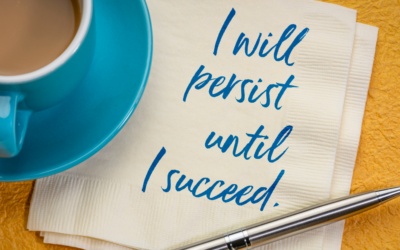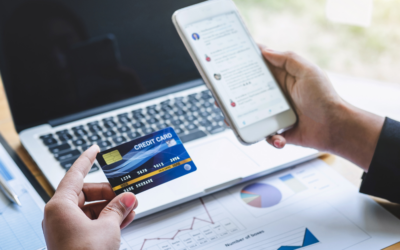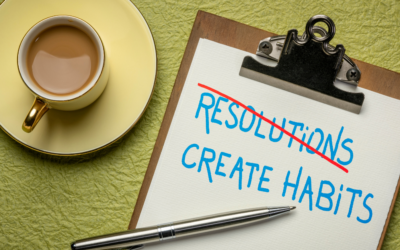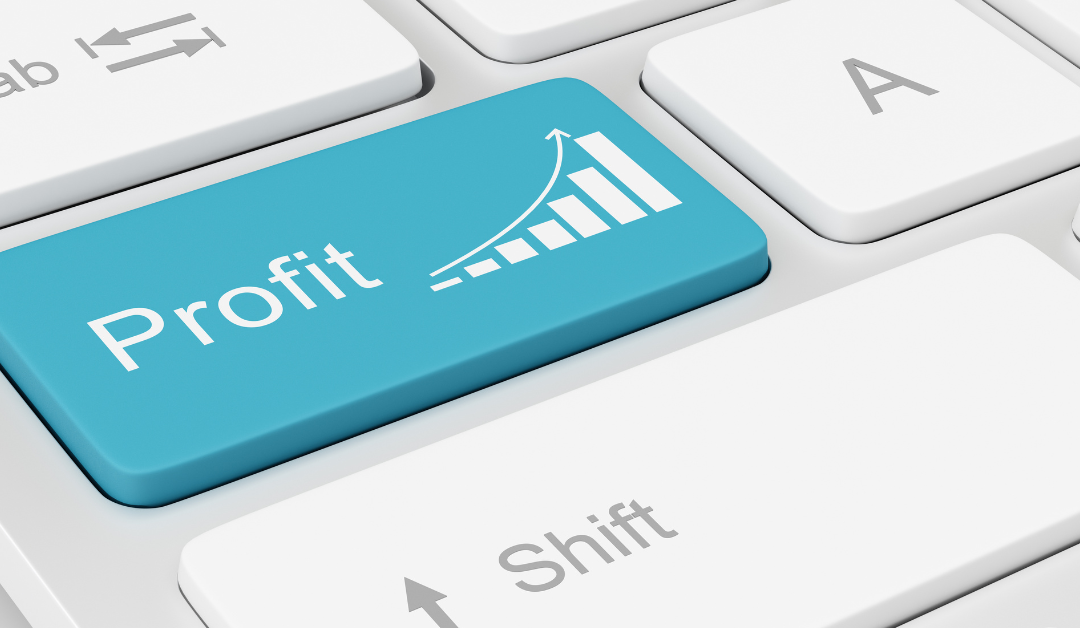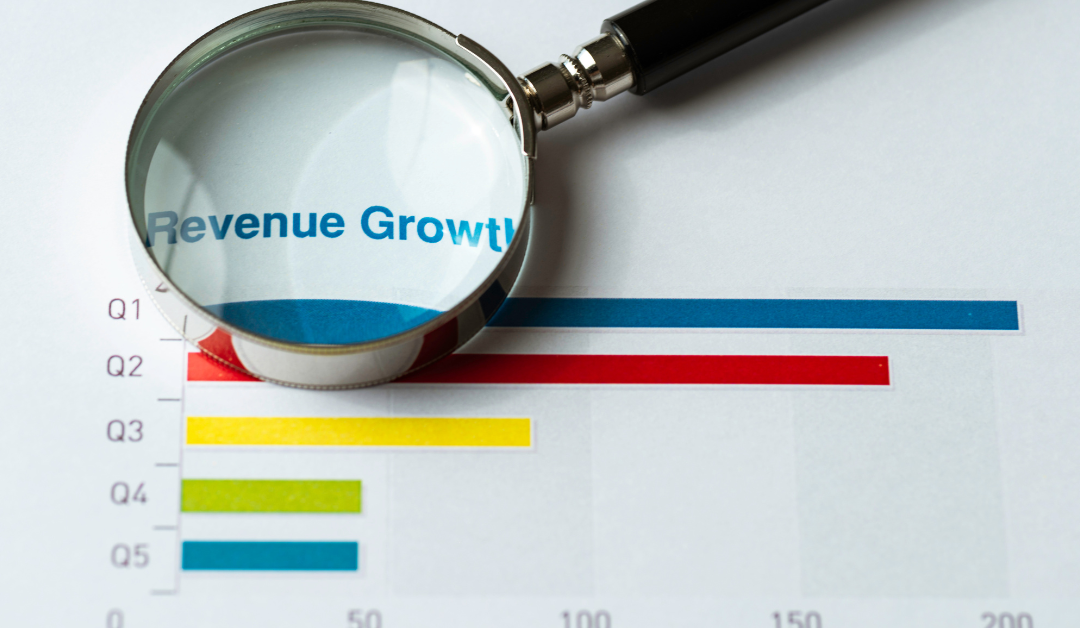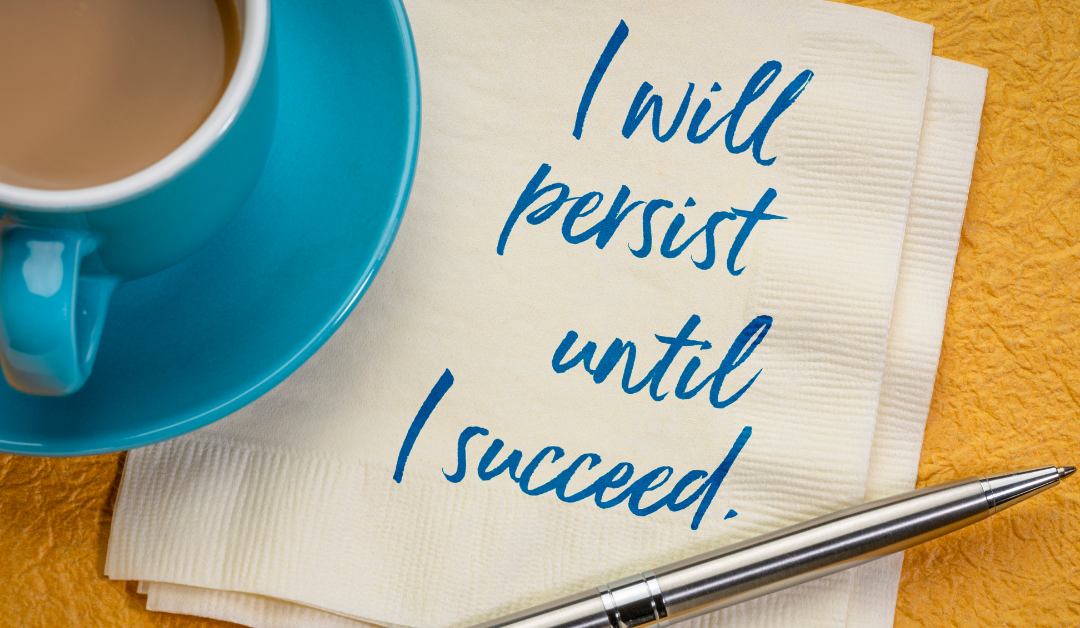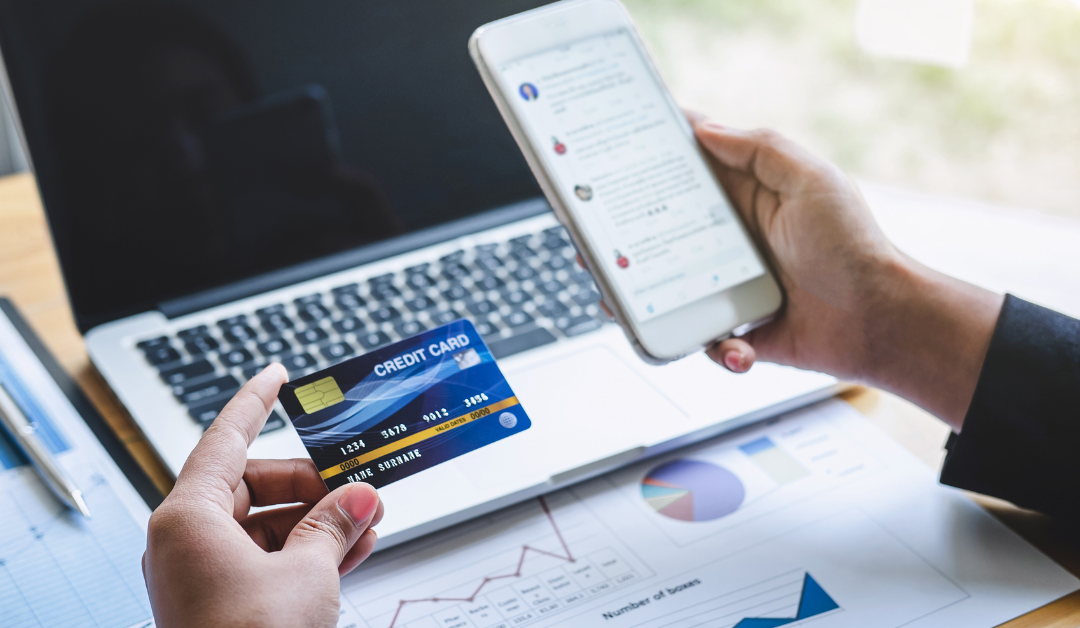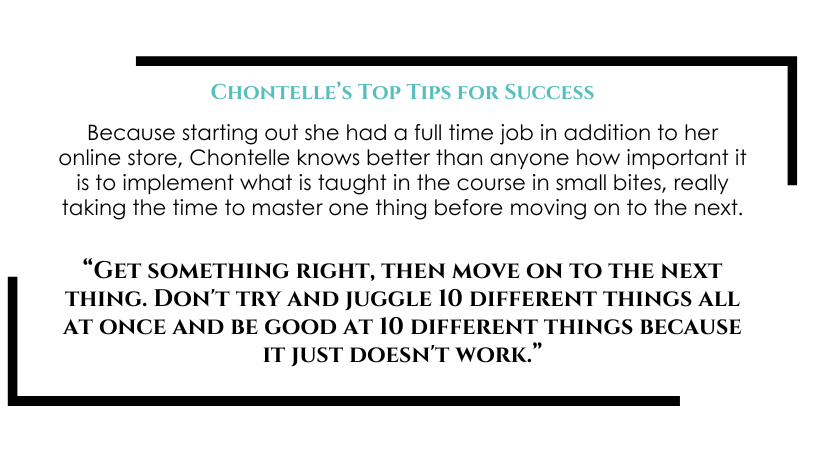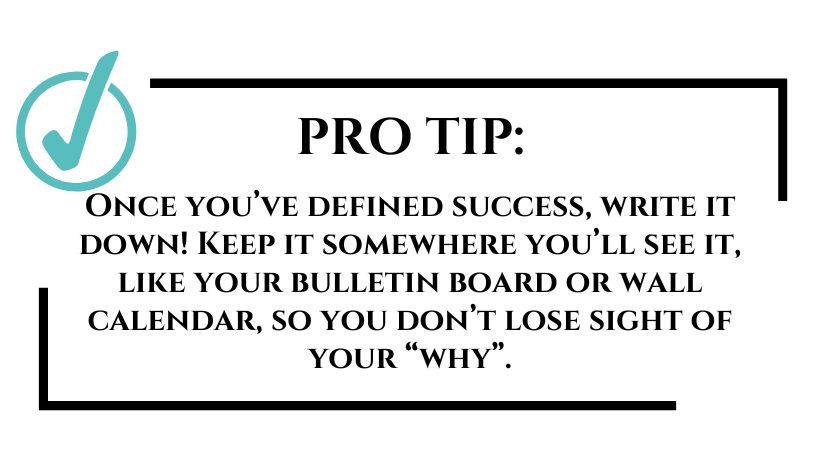That Time I Did Something Desperate The road to ecommerce success is lonely. I know there are probably days when you feel like you’re never going to reach your goals, and you don’t have anyone nearby who understands what you’re going through, or who can give you words...
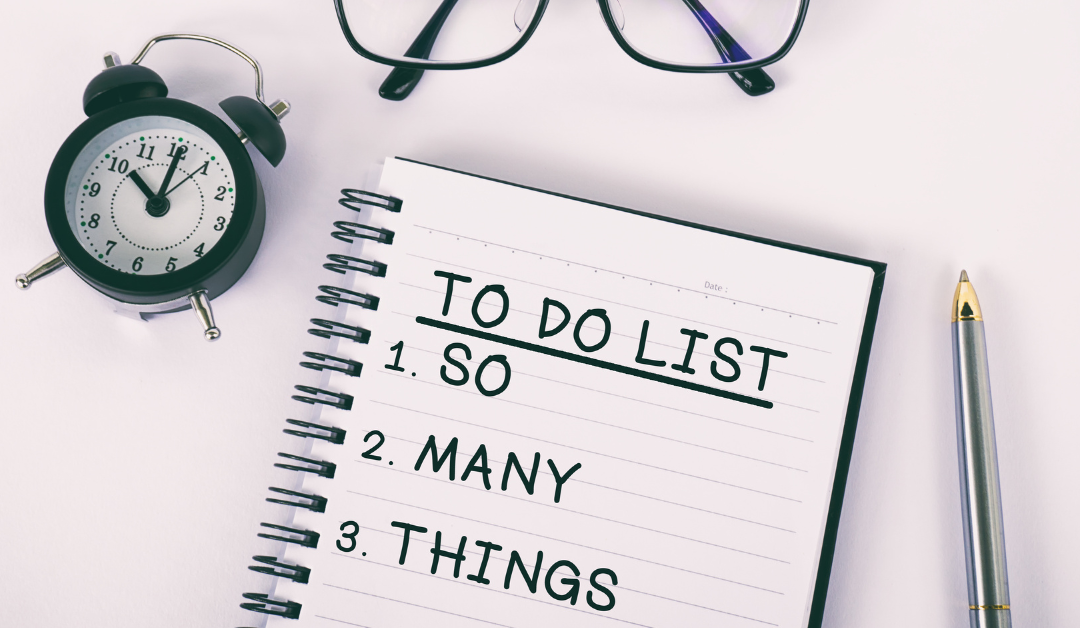
How to Do Less and Get Better Results. Episode 210
Get the details on this week’s episode:
What if I could show you how you can slash your giant list of things to do?
I’m going to give you my process, so you could slash that list today. When you do, I promise, you’ll be more effective, you’ll make measurable progress, and you’ll feel better about how you spend your time.
How do I slash my “To Do List” without creating more stress?
The goal is to reduce the tasks on your list and feel confident that everything won’t fall apart.
You start by realizing that you’ll have a bigger impact on your results if you focus on doing a great job on a few areas of your business, rather than spending your work time rushing through your list and checking off a bunch of tasks.
When you’re in “check off” mode, you’re often not clear on why you’re doing the work, and you’re not asking yourself this one important question:
What does my business need right now?
When we’re in a state of overwhelm, most of us can’t see the answer. We see every task on our list as “important. That creates a sense of urgency, and it’s why we always feel like we’re behind.
A big “To Do List” is the Kiss of Death for people like us.
When you’ve got a big list of important things to do, you’re likely to be in high gear, dipping in and out of projects all the time. You feel like you’re working hard, and you’re doing the things you’re supposed to focus on, but you probably don’t feel confident that you’re on the right track. It feels messy and hard, and you wonder if you’re wasting your time.
Or, you might be the opposite. You might have a huge list of things you know you should do, but you still feel stuck. You know that you don’t have the time and resources to do all the things on your list. You want to work smart, but you can’t get clarity on where to start, and what will have the most impact on your results. You’re experiencing decision overwhelm, and you feel like you’re wasting your time.
Wasting time is more expensive than wasting money.
Don’t risk doing a little of a lot of things, but not completing anything.
Imagine that you have a piece of lumber setup with 10 nails that you need to finish hammering into the lumber. You’re allowed to hit the nails 10 times.
If you hit each nail 1 time, you’ll start 10 nails, but you won’t finish nailing any of them into the lumber. And in fact, you might not even be able to see that you’ve done anything.
But if you choose to focus on just 2 nails, and hit them 5 times each, you’ll finish hammering in 2 nails. You’ll be able to see the impact of your 10 hits. You’ll be clear and confident about the progress you’ve made, and what’s left to do.
Give yourself permission to remove tasks from your plate, so you can focus, and see the impact of your efforts.
3 steps to deciding what your business needs right now
1)You have to start at the end to find where you should begin.
When we’re prioritizing, it’s too hard to sort through and make assessments about all the things we “could” do. So we don’t make a decision. We default to “doing all the things” or we spin in circles, analyzing our options from all angles, and ending up exhausted.
When I’m working with a client, I always ask them about outcomes, usually in the form of a question like this:
If you woke up X months from now, and ONE thing had changed in your business, what would that ONE thing be?
Try it. Ask yourself – start with 3 months.
In your perfect world, what would have changed in your business in 3 months?
When you focus on outcomes, it gives you clarity on the destination. Once you know where you’re headed, you can make a plan to get there.
Here are some examples of an outcome:
My sales have grown
I’m emailing my list and getting more sales
I’ve got more time to do marketing because some tasks are off my plate
2) Make your outcome specific and measurable.
If you’re headed to a vacation rental in a city 500 miles away, would you ask for directions to the city, or would you use the address to get directions that take you all the way to your rental?
You’ll make better decisions when you take the time to get specific about your outcome.
You’ll come closer to achieving your outcome when you find a way to measure your progress.
Here are some examples of how to make outcomes specific and measurable:
Add specifics to your outcome
From: My sales have grown
To: My sales have grown by 10% each month. I’m tracking my sales in a spreadsheet every week.
From: I’m emailing my list and getting more sales
To: My Welcome, Abandoned Cart, and Browse Abandonment flows are complete, and I have sent a campaign every week. I have a spreadsheet to track my campaign sales and I have identified my 4 best campaigns.
From: I’ve got more time to do marketing because some tasks are off my plate
To: I have freed up 2 hours a day. I have a customer service app and I have trained my new Customer Service VA to manage all customer service inquiries. I have created canned responses and training videos so that my VA has the information she needs to do the job, and we’ll be covered if we have to train someone else on this job.
3) Work in your zone of genius
Give yourself permission to stop doing all the things. Even though you think you can’t afford to get the help you need, I’m going to encourage you to change how you think about this.
I see too many store owners bogged down and frustrated by tasks that aren’t in their zone of genius.
If you’re hesitant to hire for tasks, I would encourage you to start with “one time” tasks.
These are often set-ups or installations that require a particular set of skills. A few good examples are things like upgrading the theme on your store, or custom coding, or migrating to a new email provider, or setting up the framework for email automations.
Before you hire someone to do a task, you must understand the outcome you want, and have a clear picture of what a good result looks like.
Remind yourself that you don’t have unlimited time or unlimited energy. Like money, time and energy are resources. When you spend them doing work that is not in your zone of genius, or that you’re not even good at, you’re spending your high value resources on work that you’re not qualified to do.
It’s like hiring the CEO of a Fortune 500 company to rewire your house.
Remember this when you’re facing overwhelm:
Give yourself permission to slash your to-do list. You’ll be more effective, you’ll make measurable progress, and you’ll feel better about how you spend your time.
- When you’re deciding on your priorities, ask yourself, “What does my business need right now”.
- Focus on specific, measurable outcomes, and use them to decide what your business needs.
Work in your zone of genius as much as you can. Wasting time is more expensive than wasting money.
RELATED LINKS:
This Blog Post and Podcast will show you how to budget for this:
https://thesocialsalesgirls.com/how-to-have-more-cash-in-your-business-episode-164/
That Time I Did Something Desperate. Episode 207
Here’s how to find your Future Buyers. Episode 206
Today I’m so excited to introduce you to our newest Foundations Coach in the Inner Circle, Chontelle Fossey. Like all of our ecommerce coaches, Chontelle was once an Inner Circle member. It really warms my heart that our coaches first came to the group to solve the...
Do You Have These Seven Habits That Predict Success? Episode 205
Seven Habits Of High-Performing Store Owners As I sit down to write this, I’m about to embark on an 8 week journey with a group of fellow ecommerce entrepreneurs on our annual Reliable Revenue course. It’s a unique journey compared to our ongoing Inner Circle...

